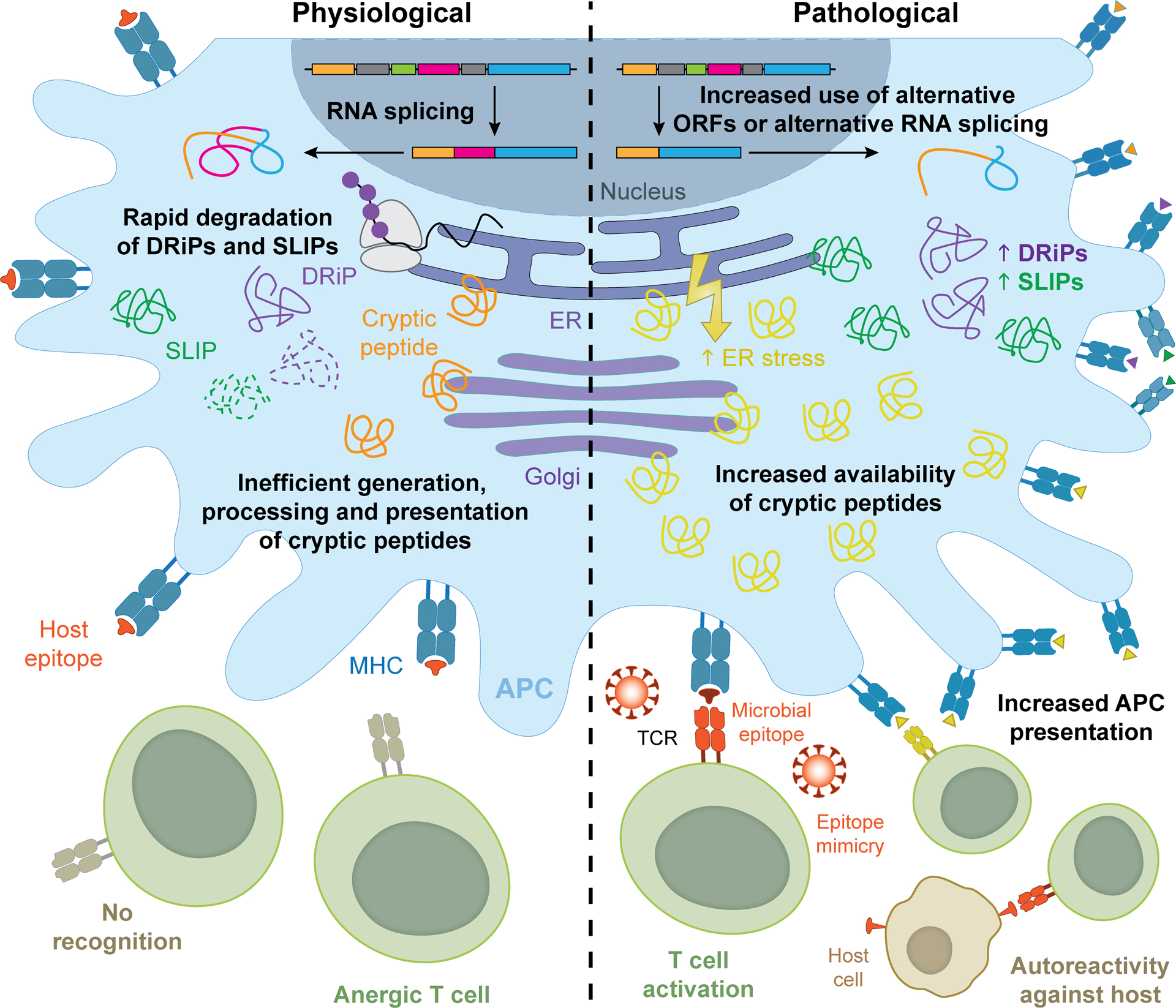Figure 1. Mimicry and crypticity in non-mutational neo-antigenicity.

Autoreactivity against non-mutational neoantigens can emerge from a variety of mechanisms including epitope mimicry and crypticity. Such autoreactive responses are invariably driven by T cell clones escaping (leaky) thymic selection. On the one hand, pathogen-derived epitopes exhibiting considerable structural resemblance to self peptides can drive potent autoreactive responses, at least in individuals with one or more risk factors (see Box 1). On the other hand, purely self peptides (at least from a genetic standpoint), as well as defective ribosomal products (DRiPs) and short-lived proteins (SLiPs) that are normally not presented on MHC class I or II molecules, may elicit autoreactivity downstream of accrued antigen presentation as a consequence of: (1) usage of non-canonical open reading frames (ORFs), (2) alternative RNA splicing, (3) increased expression levels, (4) decreased competition for binding to MHC class I or II molecules, and/or (5) stress conditions that overall alter antigen processing and presentation. APC, antigen-presenting cell; ER, endoplasmic reticulum.
